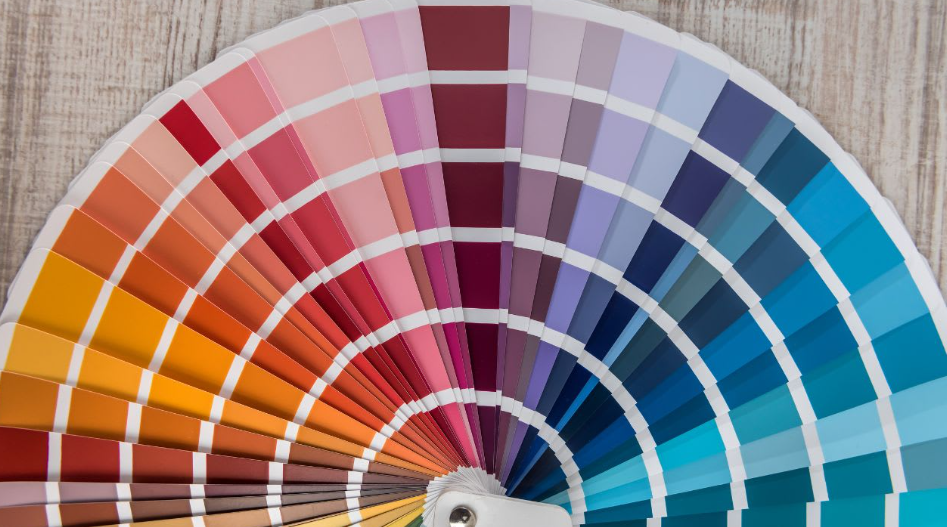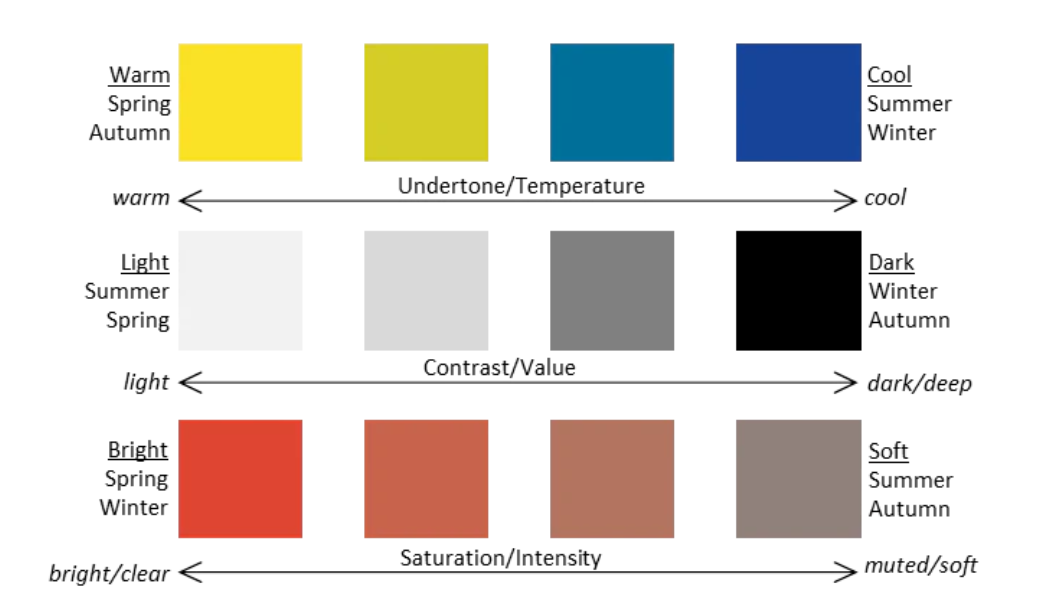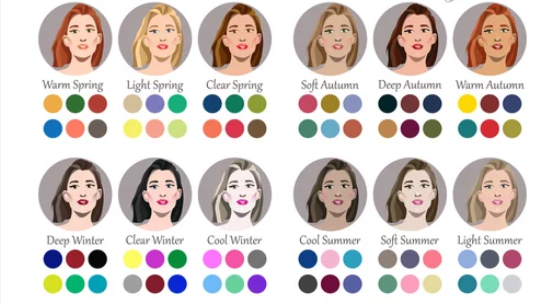What if the secret to glowing skin, effortless outfits, and confident selfies was hidden in your closet? Discovering your seasonal color palette can change the way you see yourself—and shop for clothes.
Why Color Season Matters
We all have colors that make us shine, and others that make us look dull or washed out. The 12-season color analysis helps you find your best colors—those that naturally flatter your unique combination of skin tone, eye color, and hair shade.
It's not about rules—it's about resonance. When the colors you wear echo your natural coloring, everything just clicks. Outfits feel easier. Makeup looks better. People say you look "refreshed."
The Basics: From 4 to 12 Seasons
Originally, color analysis had four seasons: Spring, Summer, Autumn, and Winter. But not everyone fits neatly into a box. So, the modern 12-season system adds nuance by focusing on your dominant color trait—what stands out most about your natural appearance.
- Warm or Cool? (skin undertone)
- Light or Deep? (overall depth of your features)
- Clear or Soft? (how much contrast you naturally have)
From there, you land in one of 12 refined categories—each with a carefully curated palette of colors that enhances your natural glow.
Discovering Your Dominant Trait
Ask yourself: when I look in the mirror, what do I notice first?
- If it is contrast: You might be a Bright or Deep season.
- If your features blend softly: You may belong to a Soft or Light season.
- If your skin has golden warmth: You're likely in a Spring or Autumn category.
- If you lean pink or rosy: A Summer or Winter group might fit better.
Not sure? Grab a white t-shirt and a cream one. Which makes your skin glow? White = cool undertone. Cream = warm.
Meet the 12 Seasons
Each season has its own vibe, color stories, and emotional energy. Here is a quick snapshot:
Spring
- Light Spring: Delicate and fresh. Think soft peach, mint, and daffodil yellow.
- Warm Spring: Golden and lively. Coral, ivory, and warm turquoise shine here.
- Bright Spring: High contrast, but still warm. Try bright poppy, apple green, and warm pinks.
Summer
- Light Summer: Airy and cool-toned. Best in lilac, powder blue, and rose.
- Cool Summer: Elegant and muted. Wear dusty plum, soft navy, and icy pastels.
- Soft Summer: Calm and blended. Muted teal, mauve, and sage suit well.
Autumn
- Soft Autumn: Subtle and warm. Think olive, camel, and warm gray.
- Warm Autumn: Rich and cozy. Rust, terracotta, and mustard glow on you.
- Deep Autumn: Dark and sultry. Forest green, aubergine, and espresso pop beautifully.
Winter
- Deep Winter: Cool and bold. Deep ruby, black, and emerald flatter.
- Cool Winter: Classic and icy. Crisp white, true red, and navy are stunning.
- Bright Winter: Intense and cool. Neon pink, icy teal, and cobalt work best.
Try It for Yourself
No stylist? No problem. Here is how to experiment at home:
- Compare silver vs. gold jewelry — which lights up your skin?
- Test bright vs. muted colors — which overwhelms, and which harmonizes?
- Snap photos in daylight wearing different hues — observe your skin and eyes.
Better yet, use an online color analysis tool—or an AI color season app—to get a fast, visual suggestion.
How This Helps Your Style
Once you know your season, dressing becomes effortless. You will:
- Stop guessing when shopping (goodbye, returns!)
- Build a wardrobe where everything matches
- Buy fewer clothes, but love each one more
- Feel more confident in your everyday look
"Knowing your color season is like switching on the lights in your closet."
It is not about rules—it’s about choosing harmony. Once you find your palette, you will understand why certain shades make you feel powerful, peaceful, or just... like you.





